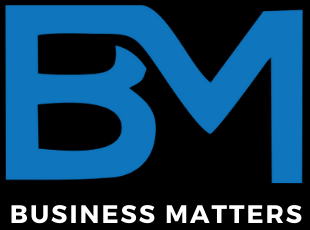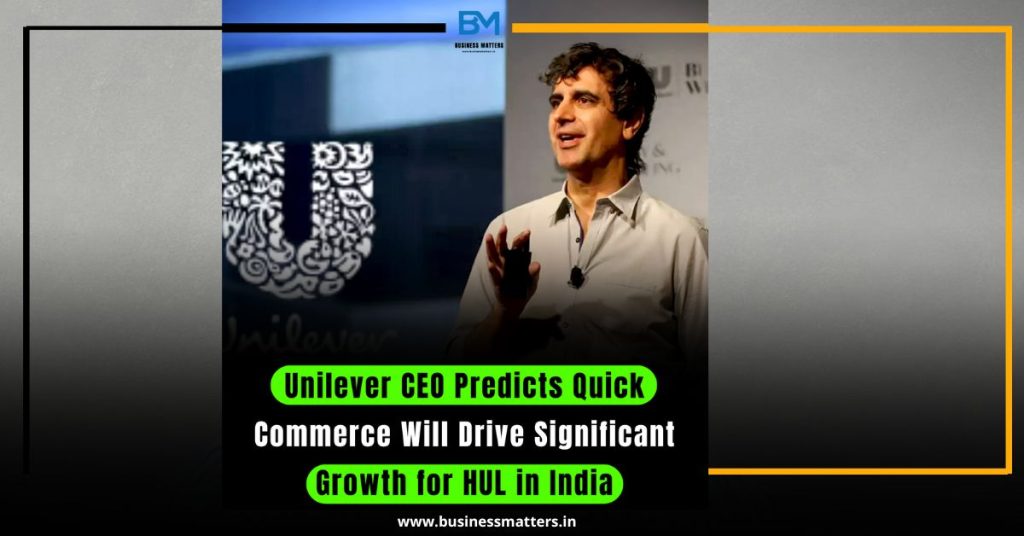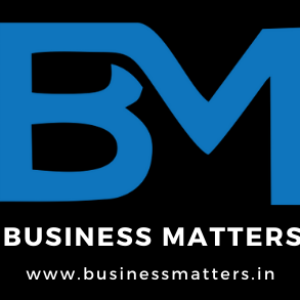Unilever’s Vision for Quick Commerce in India
The rise of quick commerce (q-commerce) is changing the retail landscape in India, and Unilever’s new CEO, Fernando Fernandez, believes that this innovative channel will significantly contribute to the growth of Hindustan Unilever Ltd (HUL). Fernandez predicts that q-commerce will account for 10% to 15% of HUL’s revenue in the coming years, driven by the fast-paced demand for consumer goods and evolving shopping behaviors in the country.
Q-Commerce’s Rapid Growth in India
Speaking at a recent Barclays event, Fernandez noted that quick commerce’s contribution to e-commerce sales in India has been doubling year on year. While still emerging from a relatively small base, q-commerce is gaining traction as more Indian consumers turn to ultra-fast delivery services. These services typically promise delivery within minutes or hours, meeting the immediate needs of customers who seek convenience and speed. This growth reflects the changing demands of India’s digitally connected population, especially in urban areas, where convenience and time savings are highly valued.
Quick commerce in India thrives on its ability to deliver a wide range of fast-moving consumer goods (FMCG) such as snacks, beverages, personal care, and household items, all delivered at lightning speed. Fernandez’s statement underscores Unilever’s strategy to capitalize on this shift, which aligns with broader trends in digital transformation and the rapid adoption of e-commerce by Indian consumers.
The Demographics Driving Q-Commerce Demand
What makes India a unique market for quick commerce is its complex socio-economic landscape. According to Fernandez, one of the key factors contributing to the success of q-commerce in India is the proximity between rich and poor communities. This unique demographic dynamic fuels both the demand and supply of labor, which is critical for the success of q-commerce models.
In cities where higher-income and lower-income individuals live close to each other, q-commerce players have an opportunity to tap into a wide customer base. The rapid growth of urbanization, the increasing number of mobile internet users, and the demand for fast, affordable services are expected to make q-commerce an essential retail channel. Quick commerce is thus not only appealing to affluent consumers who seek premium products but also to budget-conscious shoppers who rely on affordable, speedy deliveries for their everyday needs.
Read Also :- Jio Financial Services Acquires SBI’s Stake in Jio Payments Bank
Unilever’s Strategic Approach to Leveraging Q-Commerce
As part of its long-term strategy, Unilever is aligning itself with the growing momentum of quick commerce by expanding its presence in this channel through HUL. The company is looking to forge partnerships with q-commerce platforms to ensure that its product range reaches customers wherever they are. With the Indian market being an early adopter of digital technology, Fernandez emphasized that Unilever would continue to tailor its offerings to suit the needs of these new-age consumers.
Furthermore, HUL‘s strategy involves enhancing its digital capabilities, improving last-mile delivery infrastructure, and ensuring that its products are available at the right price points to cater to the diverse needs of Indian consumers. Fernandez’s vision for HUL reflects a broader commitment to capitalize on the evolving retail landscape, and q-commerce will undoubtedly be a key pillar of its growth story in the years to come.
Conclusion: A Bright Future for Quick Commerce in India
As quick commerce continues to evolve and mature in India, it presents a lucrative opportunity for FMCG giants like Unilever. The speed and convenience of q-commerce align well with the fast-paced lifestyle of modern Indian consumers, creating a favorable environment for growth. With its substantial investment in digital platforms and partnerships with delivery services, Unilever is positioning itself to tap into the expanding e-commerce sector and contribute to HUL’s long-term success.


